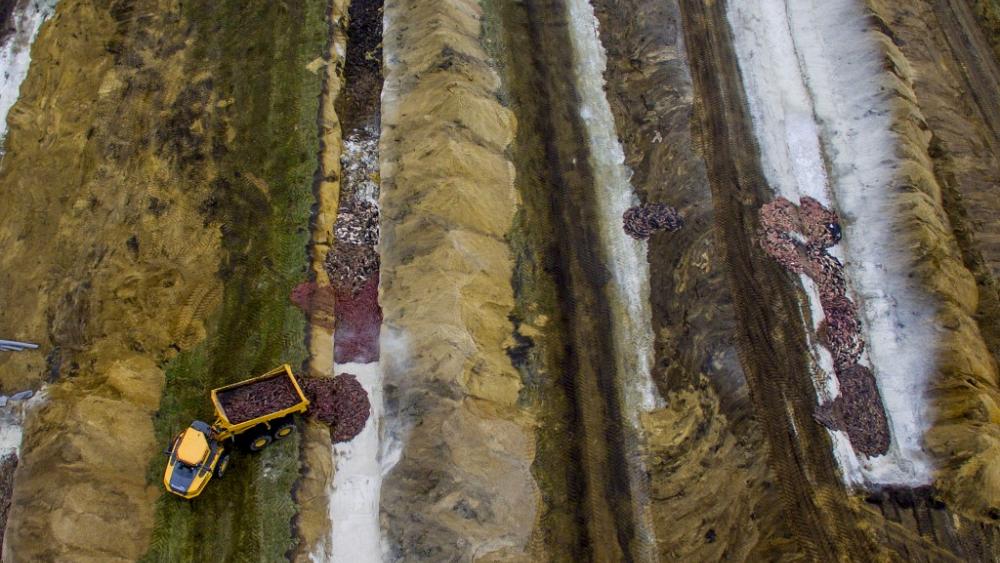The COVID-19 pandemic has been a disastrous period for most of humanity. Statistically speaking, however, animals have had it far worse.
In Denmark, after mink at over 200 fur farms developed a mutated strain of the COVID-19 virus, Prime Minister Mette Frederiksen ordered a mass culling of the country’s entire mink population. “We would rather go a step too far than take a step too little to combat COVID-19,” stated Denmark’s foreign minister, Jeppe Kofod, at a press conference in early November. However, for the nation that regularly leads the world in fur production — with a turnover of over €750 million (USD$1bn) in 2019 — this step meant killing over 17 million mink, many of which were not infected.
As if the scope of the cull wasn’t troubling enough, its execution has been haphazard at best, prompting additional animal rights concerns, and doubts over the legality of the operation.
Images of mass graves were just the beginning; across the country, thousands of mink corpses rose out of the ground, as gases released during their decay forced them to expand and break through the shallow soil. Amidst public outrage, Prime Minister Frederiksen took to the news to apologize, shedding tears as she called the campaign a “regrettable mistake.” This did little to appease the more than 6000 Danes whose livelihoods depend on the mink industry, however, especially as Frederiksen later admitted that the government did not have the legal jurisdiction to cull so many animals.

Mass Graves of Slaughtered Mink in the Netherlands – AFP
This sort of rash butchery is not isolated to Denmark, nor mink. Since reports emerged suggesting that COVID-19 originated in a bat, violent attacks against the nocturnal creatures have been cited from Peru to Indonesia. Bats are by no means super-spreaders; as Jason Bittel of the National Resource Defense Council emphasizes, of the 1,400 bat species found on Earth, “only one species — the horseshoe bat (Rhinolophus affinis) — has been tied to the virus.” This did not stop vigilantes in India from killing nearly 200 fruit bats, which are endangered, nor the Cubans in two provinces who “went after bat roosts in caves and buildings, exterminating the flying mammals with fire.”
Similarly medieval methods have been employed across the United States, where over 11 million hens and several million pigs have been culled since last spring. Most were suffocated by a water-based foam, but others gassed, hit with blunt force, or overheated through a practice called “ventilator shutdown” — which involves deactivating the ventilator systems in broiler houses, raising temperatures until the animals die of organ failure.
The pandemic has made a mess of the American meat supply chain, as high COVID infection rates among slaughterhouse workers have forced these establishments to close their doors impermanently. With nowhere to send their livestock, farmers have no choice but to “depopulate.” It is no coincidence that hunger rates in the US have reached historic levels since the start of the pandemic, with 50 million people, including 17 million children, experiencing hunger in 2020, according to Feeding America.
Before he had to put down his herd of over 15,000 mink, and relinquish a business he spent 15 years building, Danish fur farmer Frank Andersen lamented his government’s orders, calling them “panic solutions.” Little did he know, he was describing a global theme. Of course, in times of crisis, priorities must be triaged, and sacrifices made; but the abuses against animals amidst the franticness and paranoia of the COVID-19 era have created a second pandemic, parallel to our own, the consequences of which will ripple for years to come.
Isaiah Maynard for Times Media Mexico


